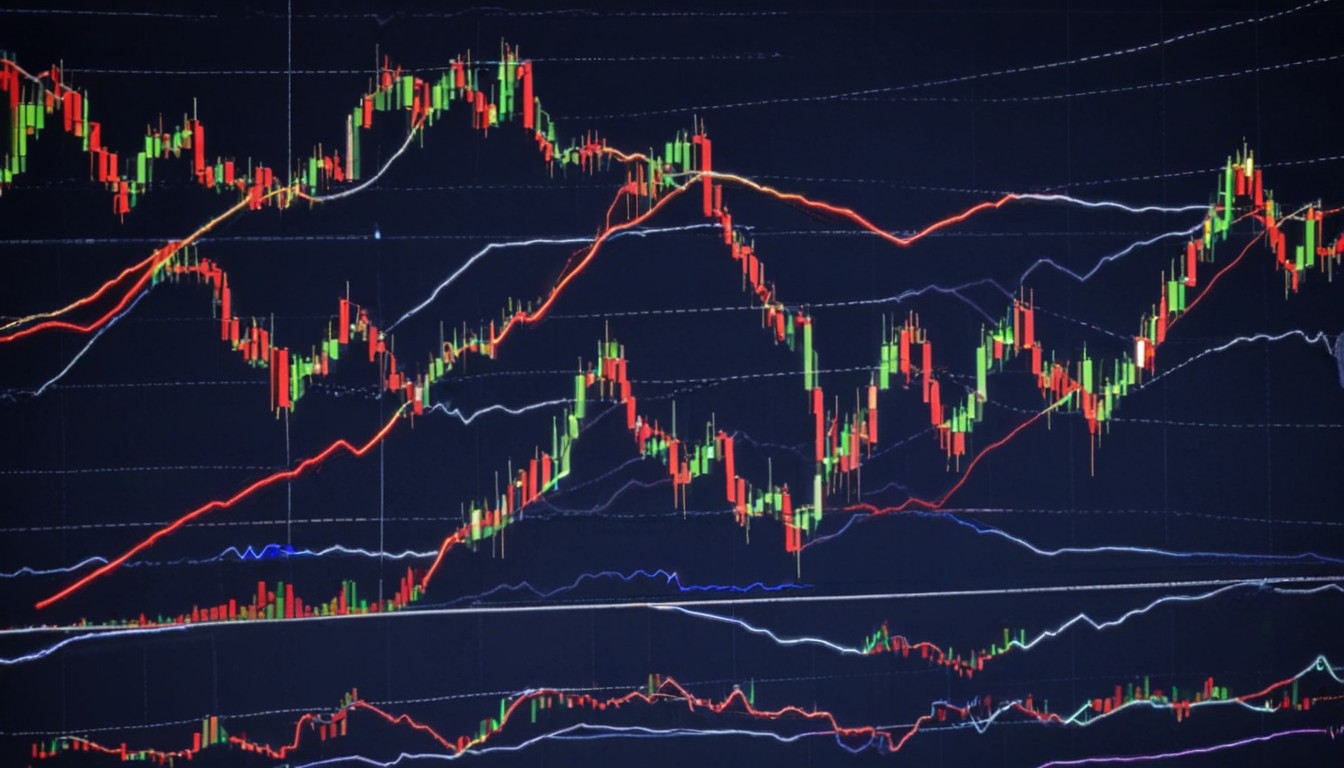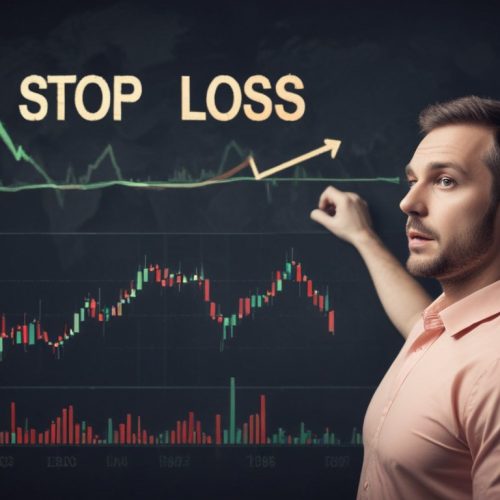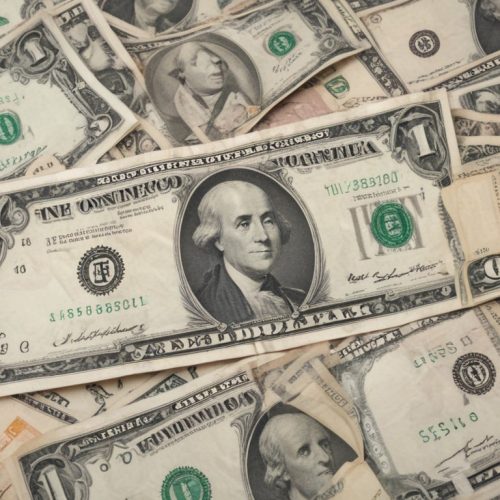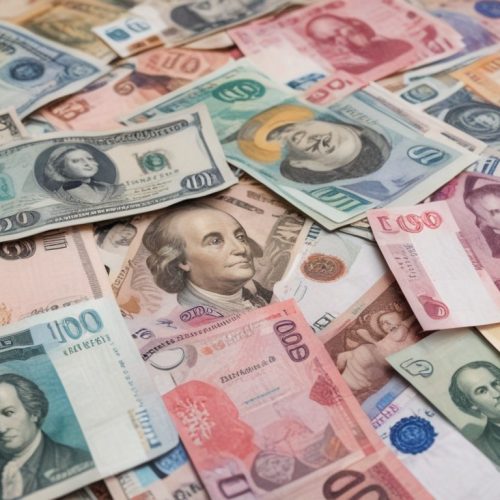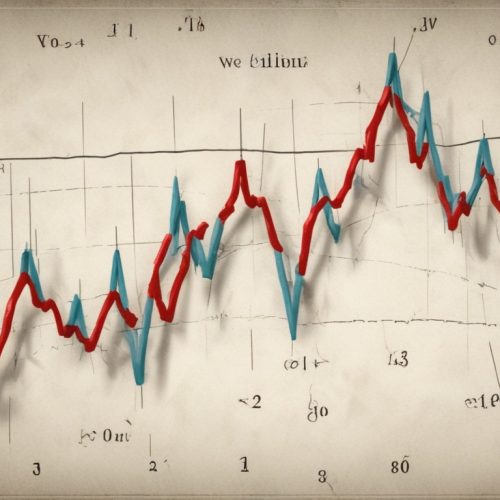The Best Way to Learn Forex Trading
The best way to learn how to trade Forex is to follow the age-old rule: Practice makes perfect
As Forex is a decentralized market, dealers distribute their own price feeds by means of trading platforms. As this is the case, it is with utmost importance that a user gets to learn the tools and functionalities that come with a trading platform. For this, a novice trader may opt to open a demo account and paper trade until consistency in profit is achieved. Many people are quick in making decisions in the market and thus quickly lose lots of money.
To trade properly, take the time to decide before committing capital. Look into the results of your demo account day-in and day-out. The best way to learn is to go into the process without rushing things.
Forex Trading Course
As this will be a short walk-through, let us give you a compartmentalized understanding of each of its aspects.
1. Major Currencies and Currency Pairs
First off, you need to orient yourself with the eight (8) major currencies, these are: the U.S. Dollar (USD) or the “greenback”, the British Pound (GBP), also known as “cable”, the Japanese Yen (JPY), the European Euro (EUR), the Swiss Franc (CHF), the Canadian Dollar (CAD) casually called the “loonie”, and the Australian/New Zealand Dollar (AUD/NZD). As these currencies have to be traded in pairs, Forex market participants quote 18 different currency pairs: USD/CAD, EUR/USD, USD/CHF, AUD/USD, GBP/USD, NZD/USD, and USD/JPY.
2. Partner with a Reliable Brokerage Company
A novice trader needs proper guidance before he or she dives into trading. This guidance can be provided by a Brokerage company that will help the trader by providing tools and advice through sound data. However, while legitimate Brokers are easy to find, it is also easy to fall into the trap of shady and fraudulent brokers. They “Snipe” and “Hunt”, or prematurely buy and sell near preset points to increase their profit. Fact of the matter is, if you trade with borrowed money, your broker can easily buy or sell at its discretion, despite having enough cash. Some brokers will subscribe to liquidating your position should it take a plunge before bouncing back. Both of these, the broker can do through his or her own discretion.
3. Proper Tools: Your Implements for Success
As a trader, you need to make use of a trading platform to monitor your activities. These platforms come with real-time charts, technical analysis tools, news streaming, and even support for trading systems. It is well within your right as a trader to request for free trials of Brokerage companies’ trading platforms. They also provide Technical and Fundamental commentaries, economic calendars, and various data.
4. The Relationship Between Yields and Returns
Conducting Forex transactions entail the purchase of a currency and the selling of another. As it is your obligation to pay the interest on the currency you sold, it is your right to earn interest form the currency you bought. The obligation and the chance to earn exist as every currency is attached to an interest rate that a country’s central bank sets.
For instance, let us assume that Australia’s interest rate is 8% (this is equivalent to 800 basis points) while Japan has 0.5% (equivalent to 50 basis points). If you decide to pair AUD/JPY, you get to earn 800 basis points in annualized interest. However, you will have to pay 50 basis points; this is for a net return of 7.5% or the equivalent, 750 basis points.
5. Low Spreads Save You Money
A spread is the difference between the price a currency can be bought and the price it can be sold. Spreads are calculated in what are called “pips,” this is how Forex brokers generate profit, as commissions are not charged.
6. Tie Up with a Bank or a Lending Institution
As there is a need for them to provide large amounts of money for leverage, Forex Brokers are tied up to banks of repute or lending institutions. In addition, Forex Brokers have to be registered with the Futures Commission Merchant (FCM) and be regulated by the Commodity Futures Trading Commission (CFTC).
7. Keep Leverage Options Open
As Price Deviations are just fractions of a cent, Leverage is needed in Forex trading.
Leverage, is the ratio between the total available capital to actual capital; this is the amount of money a Broker is willing to lend you for trading. For instance, a ratio of 100:1 means $100 for every $1 of actual capital. A lot of brokerages offer up to 250:1. The lower the leverage means the lower the risk of a margin call. However, this may also mean you are not getting your money’s worth.
8. Fundamental Analysis Vs. Technical Analysis
Not all traders are the same. But the wisest of them employ both Technical and Fundamental Analysis. The more popular however is Technical Analysis. Its common methodologies include the Elliot Waves, Fibonacci studies, and Pivot Points. Fundamental indicators, on the other hand, are employed to determine good entry and exit levels. This analysis looks into the consumer price index (CPI), retail sales, and durable goods.
9. Define A Forex Strategy
To take advantage of the opportunities presented by the Forex market, you must first determine your key strengths and weaknesses. You should be able to assess whether you are more comfortable with short-term or long-term time frames. You should be able to know when to use fundamental or technical analysis.

